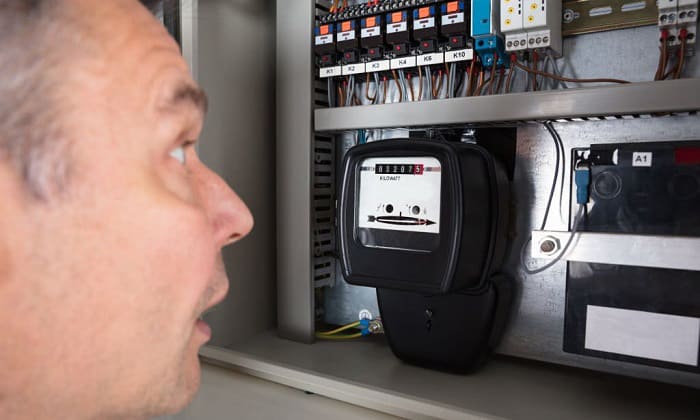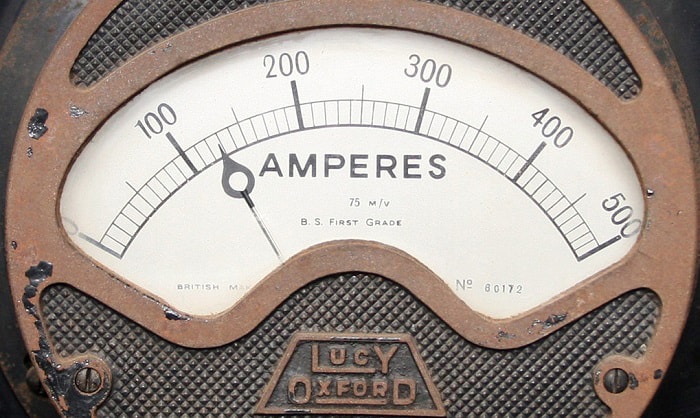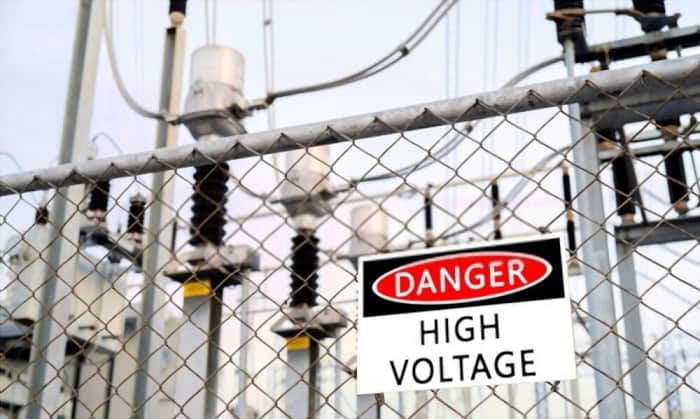Do you count yourself among the many folks out there that wonder why we have gadgets rated for 20 amps or 50 amps, 12V batteries, and 50W solar panels? If yes, then this article pitting amps vs volts vs watts should enlighten you about these three electrical units once and for all.
It’s not so much a “truel” as a detailed explanation of how all three work together to ensure electricity will properly flow in a circuit, the pros/cons of each one, and how they’re generally different from one another.
Table of Contents
What Are Amps?
Amps or amperes measure the amount of electricity flowing in a circuit. To be exact, it’s a measurement of how many electrical charges are flowing past a given point per second. It measures electrical current, in short.
Don’t be confused about the difference between ‘ampere’ and ‘amperage’. Although directly related, the latter is often used to refer to the measured value of current for a given device or appliance in use.
For example, you bought an incandescent lamp with an amperage of 14. The label on the device will point to the exact measurement reflected as amperes. In turn, it will need at least a 15-ampere, 15-amp, or 15A (not amperage!) circuit breaker.
For charging batteries in gadgets, we also use amps, but more in the context of how quickly a device will charge, with 1A being slower than a higher 4A charging circuit.
Battery capacity, on the other hand, is represented by Ah or how many amps the battery is able to deliver per hour. Keep that in mind when considering battery amps vs volts on the specs of batteries you purchase.
We calculate amperes with the formula:
\begin{equation}
\text{A} = \frac{\text{W}}{\text{V}}
\end{equation}
What Are Volts?
Voltage is the electrical pressure provided by the circuit’s power source from its negative terminals to its positive terminals. Interestingly, most people readily attribute voltage to electricity more than the other two units here.
Make no mistake! To say that it’s “pressure” is correct but not exactly accurate. It can be explained in more scientific terms as “the line-integral of an electric field’s intensity” or “an electric field’s electric potential measured between the two terminals”.
Explaining those complex definitions further can be likened to herding cats by most folks and will need a dedicated post, so we’d like to use the volts vs amps water analogy instead.
Consider how a plumbing system works. Voltage is similar to the water pressure needed to get the water flowing. How quickly the water flows relates, in turn, to the current or amperes.
What Are Watts?
Once we mix amps and volts together, we get watts. A more technical representation will be the simple formula:
\begin{equation}
\text{Power (Watt)} = \text{Current (Amp)} \times \text{Voltage (Volt)}
\end{equation}
This makes sense, since going back to the water analogy, increasing either the flow rate (ampere) or applying more pressure (voltage) leads to one thing: more power generated. In this case, watts represent the energy or power delivered for a given time.
Which one is more efficient, though? Volts higher than amps or amps higher than volts? The former will always be more efficient.
Doubling the voltage while the current remains the same allows you to deliver 200% the usual load and even use the same wire, as long as the wire is still working within its ampacity rating.
Are volts and watts the same? Obviously, no, since volts relate more to the metaphorical electric pressure stated above, while watts measure the energy expended relative to time.
That’s just one difference, though. Let’s tackle all of them in the next section below.
Main Differences Between Amps, Volts, and Watts
I thought it would be better to use a comprehensive comparison table rather than compare voltage vs wattage, voltage vs. amperage, etc.
| Comparison Factor | Amps | Volts | Watts |
| Definition | Rate of flow | Amount of pressure | Amount of energy used |
| Symbol | A or I | V | W or P |
| Unit of | Electrical current | Electromotive force and potential energy | Power |
| Measuring tool | Ammeter or multimeter | Voltmeter or multimeter | Wattmeter or multimeter |
Pros and Cons of These Electrical Units
- It’s easier to read volts than watts.
- Amps are less of a hassle to measure than watts.
- Amps exert more influence on the risk of an electrical shock than voltage.
- Given their straightforward formulas, you often only need to punch a few numbers on a standard calculator to get the correct figures for these units, especially if you’re working on a DC circuit.
- Measuring these units makes it easier to ensure that your electrical systems, circuits, and the gadgets you plug into your outlets will function properly and safely.
- You can’t get wattage without knowing voltage and ampere. Hence, we can’t calculate kWh or our homes’ power consumption – with a formula of kWh = (W x hours) / 1,000) – without knowing all three!
Don’t Forget About Ohms!
In truth, this volts vs amps vs watts discussion should actually be amps vs. volts vs. watts vs ohms. Resistance, whether present or absent in a circuit, will and should always be accounted for, unless you have a short circuit. Ohms measure the resistive force that opposes the current, after all.
Still, it’s understandable, since discussing watts vs volts vs amps almost always arrives at the fact that all three work together in a circuit. Ohms is the odd duck since, as Ohm’s Law states, it’s inversely proportional to current.
Frequently Asked Questions
Which is more powerful volts or amps?
Taken literally, the answer for this should be neither since “power” will always be tied to watts before anything else.
If we’re talking more about how dangerous or even life-threatening either one is, then amps are bound to trump volts. Even slight increases in amps can heighten the risk of death once you get electrocuted, after all.
How many volts are in an amp?
We can’t answer this question without knowing the ohms (with regard to Ohm’s Law) or watts and the fact that volts and amps are separate units.
In a circuit with 1A and 100W, there’s 100V, following the formula for voltage mentioned above.
The same goes if we change the 100W to 100Ω instead; in this case, we have to follow Ohm’s Law as represented by the formula:
\begin{equation}
\text{V} = \text{I} \times \text{R}
\end{equation}
Are watts and amps the same?
Though closely related, they are not interchangeable. Wattage measures electrical power, while ampere relates more to the volume of electrons flowing through a circuit or its current, in short.
Conclusion
Once you get the hang of all three, all the confusion related to amps vs volts vs watts that tends to spring up in your mind should be dispelled for good.
Though appearing to be cut from the same cloth, it doesn’t take long to see that these units are not even subtly different. They’re used to measure current, pressure or potential energy, and electrical power, respectively.
Leaving out either one will make energy calculations and circuit breaker sizing a tough chore — that’s for certain.

I am Edwin Jones, in charge of designing content for Galvinpower. I aspire to use my experiences in marketing to create reliable and necessary information to help our readers. It has been fun to work with Andrew and apply his incredible knowledge to our content.



